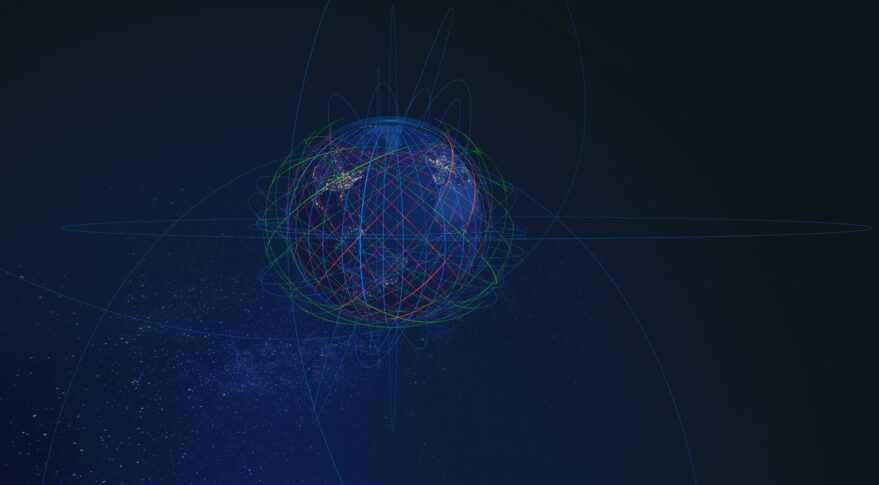TAMPA, Fla. — Five Earth observation satellites from Japan’s Axelspace are helping NorthStar Earth and Space keep tabs on orbits ahead of the Canadian firm’s proposed Space Situational Awareness (SSA) constellation.
An onboard software update has enabled the satellites to collect SSA data as they periodically travel across the dark side of the planet in low Earth orbit (LEO), the companies announced Jan. 11.
During these dark periods, when the satellites are not needed for Axelspace’s imagery customers, their cameras can be pointed away from the Earth to snap objects above them.
Each 100-kilogram GRUS satellite built by Axelspace for its AxelGlobe constellation is equipped “with strong attitude control functionality to respond flexibly to diverse imaging needs,” Axelspace CEO Yuya Nakamura said.
The satellites can collect data on LEO objects above their own operational altitude of 585 kilometers, NorthStar said, in addition to medium Earth orbit (MEO) and geostationary orbit (GEO).
The companies did not provide further details about AxelGlobe’s ability to monitor near-Earth orbits, including the size of the objects it can track and how often data can be collected.
According to NorthStar, the companies did not need to seek regulatory permission to allow Axelspace to point its cameras up as well as down.
The satellites were designed to capture greyscale imagery of Earth at a 2.5 meter resolution, the minimum discernible distance between two separate objects on the ground. Onboard sensors can also capture color photographs of Earth, including near-infrared, with five-meter resolution.
Mitigating potential delays
NorthStar recently raised $35 million for plans to deploy a constellation of 24 satellites for tracking objects as small as one centimeter in LEO, about seven centimeters in MEO, and in the region of 40-50 centimeters in GEO.
The first three satellites, built by Spire Global, were slated to launch in the middle of 2023 with Virgin Orbit.
However, Virgin Orbit suffered a launch failure Jan. 9, raising the prospect of delays for NorthStar as investigators probe an anomaly that prematurely shut down the rocket’s upper stage.
Combining existing sensor data from AxelGlobe with NorthStar’s proprietary algorithms “is an extremely efficient means to improve the quality of commercial SSA services available to operators,” NorthStar CEO Stewart Bain said.
NorthStar is “working with clients while assessing” SSA data from Axelspace, he added, as the company builds out services ahead of launching its first satellites.
This data is being integrated with SSA information sourced from other partnerships, including one NorthStar announced in 2019 with ExoAnalytic Solutions, a U.S. company using a network of ground-based telescopes to track satellites and space debris.
Commandeering EO spacecraft
Repurposing Earth imaging satellites to capture data on near-Earth orbits is not unheard of in the space industry.
High Earth Orbit Robotics, an Australian startup, is compiling a gallery of in-orbit inspections through partnerships with Earth observation operators.
NorthStar says its partnership with Axelspace is for SSA orbit determination rather than images for inspection purposes.
NorthStar is not processing resolved images, the company added, and associates observed space objects to known identities using other metrics and characteristics than observed physical features, such as their general shape.

